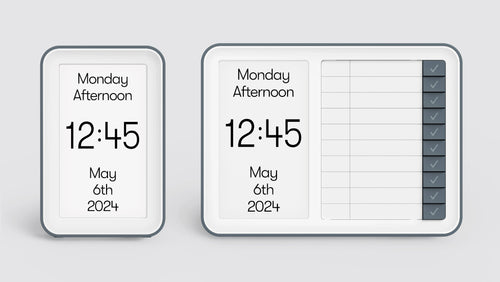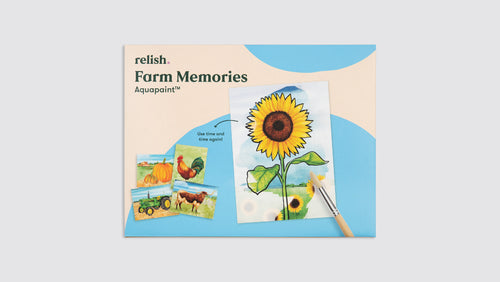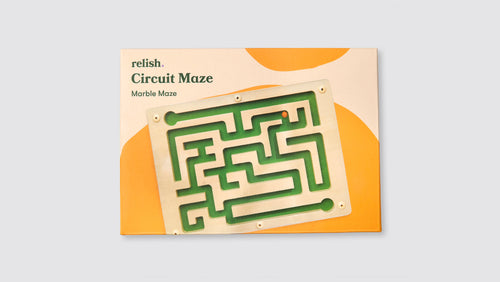What you need
Intro
Life can sometimes get very hectic. Especially in a residential home, when there’s always a lot going on, and various people coming and going. That’s why it’s so important to set aside some time to help residents to relax.
Meditation is a lovely way to take time out and help reduce stress levels. There’s also mounting evidence that it’s great for health and can even help improve the memory recall of people living with the early stages of dementia.












